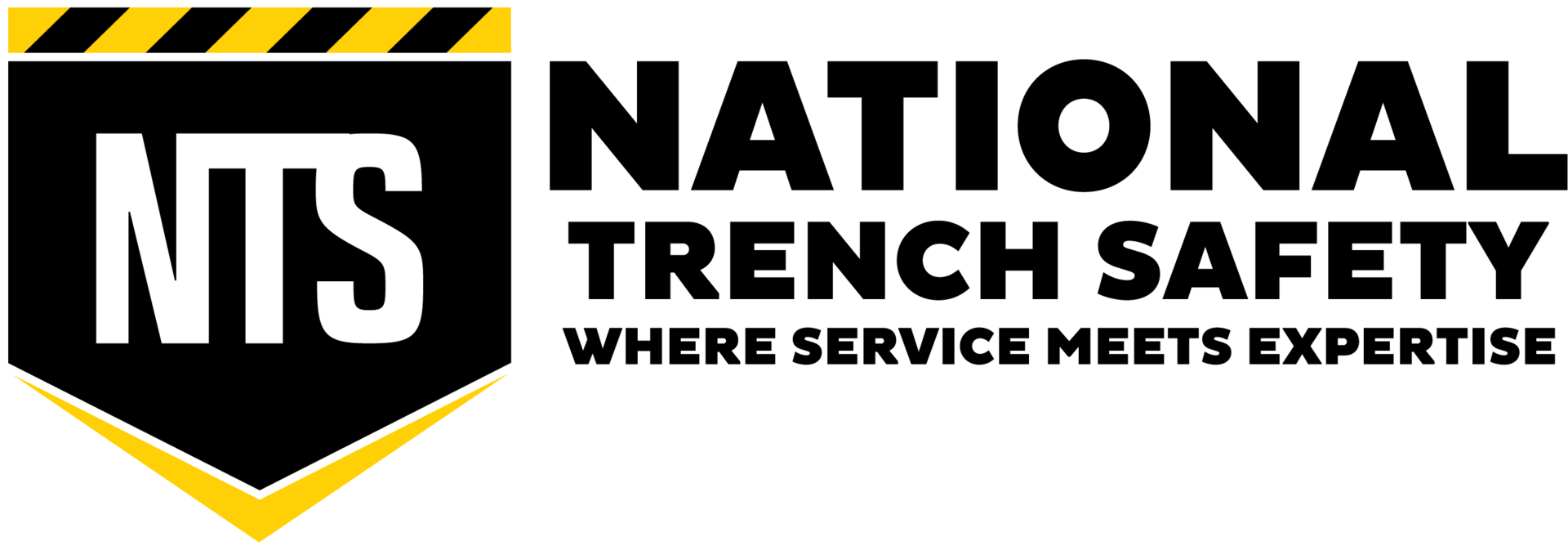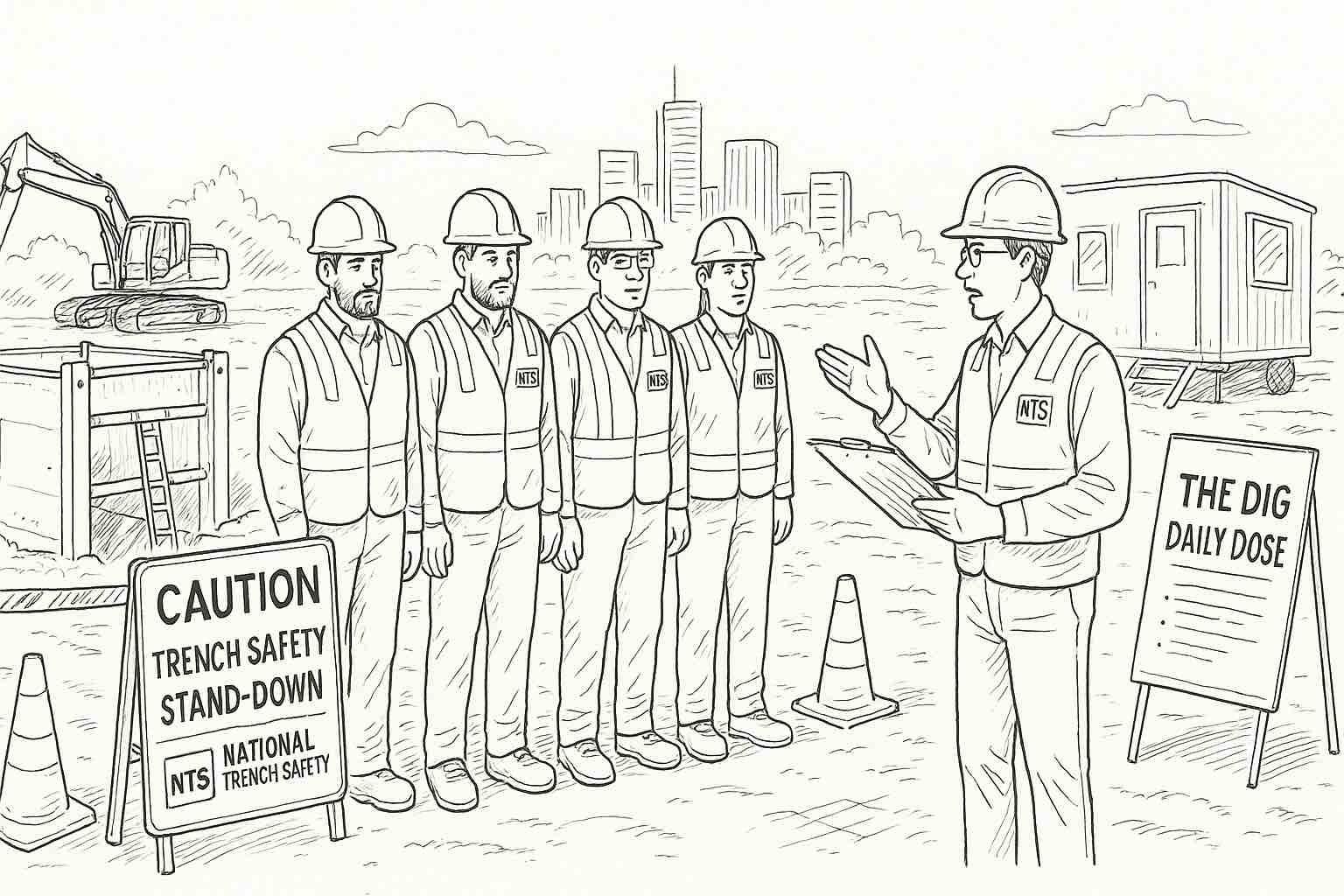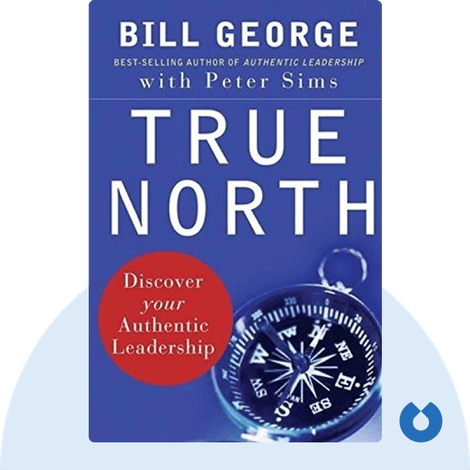“True North is the internal compass that guides you successfully through life.”
Bill George
THE ART OF LEADERSHIP
Lead from values to create a consistent, trusted impact!
Your inner compass sets direction when noise surrounds decisions. Identity, values, and purpose turn confusion into clarity. When you align choices with that compass, people feel steadiness and a sense of stake. They see tradeoffs explained, boundaries respected, and promises kept. The result is trust that survives pressure, because direction does not depend on mood or fashion. Teams prefer a leader who shows them how to decide, not just what to do.
Make the compass practical. Name one outcome that truly matters this quarter. Write a plain definition of done and a single owner. Share constraints for time, budget, and quality. Replace lengthy updates with concise demos and customer feedback. Review leading indicators on a weekly basis to enable early course corrections. These simple rhythms keep attention on what creates value instead of what creates noise.
Model the standard. Keep commitments to the minute. Ask questions that reveal assumptions. Remove one obstacle every day. Give credit publicly and coach privately. Document decisions so learning travels. Over time, inner alignment becomes visible performance. Your example teaches others to lead themselves first, then lead the work with clarity and care.
In ninety days, clarify values, define one outcome, assign ownership, review weekly indicators, remove daily barriers, and share progress openly.
COMMERCIAL CONSTRUCTION
How does NTS turn excavation risk into predictable, compliant, efficient work?
Excavation safety is a systems problem. National Trench Safety offers a complete, field-first model across trench, excavation, and traffic safety, including rentals, engineered systems, traffic control services, and project-specific safety planning. A national branch network means the right gear and guidance arrive when the job needs them, not after.
Capability is only valid when it changes outcomes. NTS pairs engineering with OSHA-compliant training so crews understand hazards, responsibilities, and control measures. Site-specific engineered systems adapt trench shields and shoring to unique conditions, turning unknowns into clear, stamped plans that keep people safe and schedules on track.
Readiness closes the loop. NTS operates as a 24/7 partner, from a single barricade to a complete shoring plan and the equipment to execute it. Tools like the NTS mobile app equip the competent person with references and branch information so field decisions stay fast, informed, and compliant.
Nationwide trench and traffic safety partner delivering rentals, engineering, training, and 24/7 support to reduce risk and keep projects compliant.
INFRASTRUCTURE INDUSTRY
How should contractors position themselves as Nashville advances plans for BNA’s second terminal?
Nashville unveiled plans for a second terminal at BNA, adjacent to the existing complex on a roughly 309‑acre south site. The concept outlines five concourses and multiple garages, framed within the airport’s ongoing New Horizon program to handle surging demand. Near-term work centers on site clearing, utility relocations, and environmental approvals that unlock early packages.
For contractors, adjacency reduces passenger disruption yet raises interface risk with airside operations and roadway traffic. Expect multi-year, phased design-build procurements that reward offsite fabrication, modular MEP, and weekend tie-ins. Early engagement with airlines, the TSA, and operations will define outage windows, baggage routing, and curb management, ensuring revenue continues to flow during construction.
Suppliers should secure long-lead items, such as steel, switchgear, and baggage systems, while trades ramp up apprenticeship pipelines to meet peak labor demand. Owners can hedge inflation by segmenting bids, finalizing standards early, and publishing clear pay‑application milestones. Document before‑and‑after metrics on dwell times, queues, and curb throughput to prove value and refine subsequent phases.
Secure long‑lead materials, prequalify early, staff apprenticeships, coordinate outages with stakeholders, and segment bids to control risk and maintain schedules.
RESIDENTIAL RESEARCH
Do cooling price gains quietly reshape appraisals, options, and incentive strategies?
Two major United States home price indices released this week show modest monthly gains and slower annual growth. For builders, that combination weakens the tailwind from rising comps while keeping affordability stretched. The shift is subtle yet powerful, as it alters appraisal math, buyer expectations, and the perceived value of upgrades.
When price growth cools, appraisals tend to lean more heavily on recent resales, with conservative adjustments. That narrows headroom for aggressive base pricing and pushes value into features that appraise cleanly. Quick move-ins with efficient envelopes and durable finishes stack better against comparable options than speculative luxury options, which rarely receive full credit.
Treat this as a targeting exercise. Focus releases in submarkets where months of supply are stable and days on market are shortening. Package incentives that improve payments rather than headline discounts, and submit robust appraisal packets with clear comp grids, specification summaries, and energy documentation to defend value without retrade risk.
Turn cooling price trends into an advantage by optimizing comps, prioritizing appraisable features, tailoring incentives to payments, and timing releases carefully.
TOOLBOX TALK
Trench Plate Handling and Installation Safety
Good morning, Team!
Today, we are covering the safe unloading, moving, placing, and securing of steel trench plates for access and traffic management.
Why It Matters
Plates are heavy and slick when wet. Pinch points, shifting loads, failed rigging, and uncontrolled traffic can cause crush injuries, vehicle incidents, and damaged utilities.
Strategies for Safe Plate Work
Planning and capacity: Verify span, plate thickness, and load rating match the trench width and expected traffic. Confirm ground bearing for crane or excavator setup and identify utilities and vaults that must not be loaded.
Traffic and zone control: Establish an exclusion zone with cones and a spotter before offloading. Use a traffic plan with flaggers where required. Keep pedestrians and vehicles out until the plate is securely set.
Rigging and movement: Use only rated plate clamps, lifting eyes, or approved holes. Inspect slings, shackles, and clamps. Use tag lines to control swing. No one is under or beside a suspended plate, and never place hands between the plate and the grade.
Placement and securing: Set the plates level on firm support. Feather edges with cold patch or ramp material to prevent tire impact. Stagger joints, avoid rocking, and check that plates fully bridge the trench with adequate bearing on each side. Pin or tack according to the plan to prevent creep and rattling.
Surface and housekeeping: Clean mud or slurry from the plate surface. Apply skid resistance where vehicles or foot traffic cross. Mark edges and joints so operators and walkers can see the transition, especially at night.
Inspection and removal: Inspect after placement and at least daily. Re-seat loose plates, repair ramps, and replace damaged hardware. During removal, re-establish the exclusion zone and treat every plate as a suspended load.
Discussion Questions
Where are today’s placements, spans, and traffic routes
Who are the operator and spotter, and what rigging and ramp materials are staged
Conclusion
Right capacity, tight control of the zone, and disciplined rigging prevent crush and traffic incidents.
Plan it, rig it, set smart!





